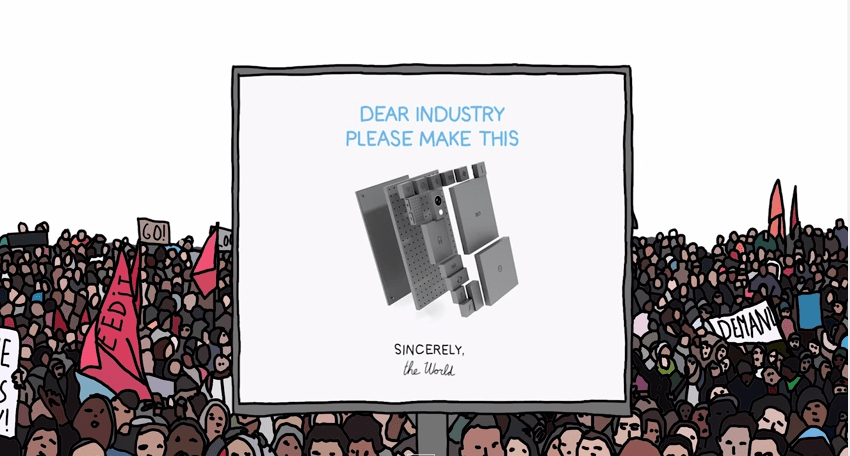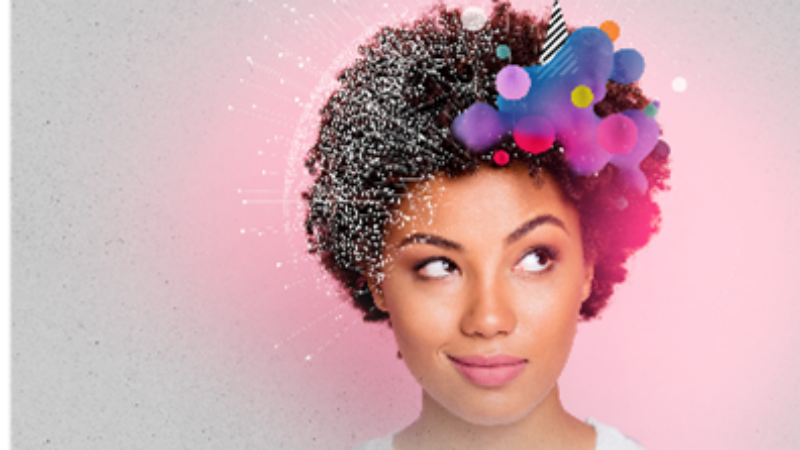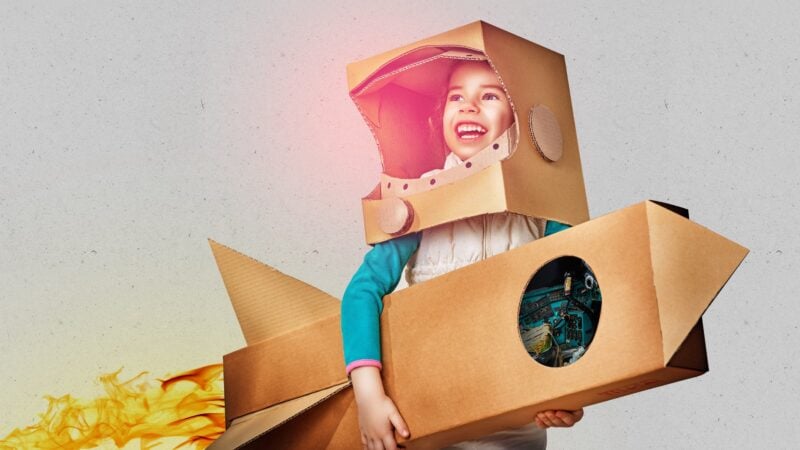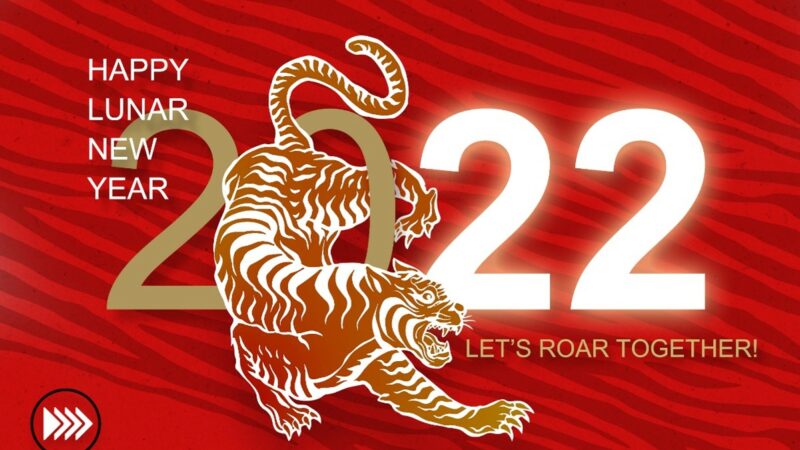4 tips to develop products that can stand the test of time
Last week, the faculty of Industrial Design Engineering in Delft was flooded with people who had only one dream: going from a linear to a circular economy. They all gathered for the Circular Product Design conference to discuss how new product development can help in moving from linear to circular: going from make – use – waste to make – use – re-use.
Many speakers took on this challenge from different perspectives, such as longer lasting products, consumer behavior and business policies. During the day we learned from the pioneers in research and practice where to start and how to continue. I’ve summarized the key learnings in 4 inspirational tips to enrich your product development process.
Tip 1: Use the power of the crowd
It should not come as a surprise: consumers are of unlimited value when creating new products and services. Dave Hakkens shared a great case proving this point through his idea: Phonebloks. When the camera of his phone broke, Dave wasn’t too happy he had to replace his entire phone and the amount of waste of perfectly fine parts he was creating. So he came up with Phonebloks: a modular phone which gives consumers the opportunity to create the phone they want (better camera, larger speaker or screen for example) but also creates the opportunity to replace only the parts that are broken.
Now, this idea might not seem entirely new to you and you are right: when he published his idea on Thunderclap, a lot (really, a lot) of people joined his quest. He had almost a million supporters for his idea and companies soon caught on. He got many calls and even job offers at the time. That is when he decided that he should not try and develop this behind closed doors in a big fancy company, but to truly make it for and by everyone. With his Thunderclap campaign, he now had a huge community of interested people who instantly created the demand for his product. Dave invited companies with varies specialties to use the power of his crowd in the development of Phonebloks. For example, Motorola has been discussing material choices and programming specs on the Phonebloks community.

Don’t forget your consumers: they can create instant demand and want to help you deliver the best solution for them.
Tip 2: A circle is a system, not a fixed process
Although the power of the crowd and co-creation are very valuable, many of the speakers agreed that we should not let the entire transition from linear consumption to circular usage in the consumers’ hands. Companies should take the lead in creating products and services with a circular starting point.
In order to do so, companies need to consider the entire system: what does the system look like that your product is part of? When will people use it, when does it break or get damaged and why do people want to own this product? Rich Gilbert (co-founder of The Agency of Design) shared that if a product is really cheap (like a toaster), people are not motivated to keep or repair it. The (mental) cost is too high. A lot of recycling does not happen or is too difficult. On the other hand, people own many products that they will use at very few occasions.
A nice example of this are tools: most of us own several tools but have used them only once or twice. A solution would be to rent them, but that does not solve the problem either, it brings along too much hassle and attempts to set up a rental system have failed in the past. We need to adopt ‘system thinking’ ourselves and look at the context of the product. When people use a drill, they are probably doing a specific job and need related products as well. Rich Gilbert developed a toolkit that people can order: a complete set of products that you might need for tiling your bathroom, for example. Including plaster, tiles, measuring equipment, instructions etc. When people are done, they bring back everything they don’t need anymore. A fine solution where the usage loop is closed and the consumer still has a convenient solution.
Tip 3: Create a connection
Besides creating a system that diminishes product usage and waste and makes leasing or renting a positive experience for consumers, companies can also work on building a connection. Not just a connection with (and loyalty towards) a brand, but also towards a product.
Jon Mason of Philips Research showed a great case of a lamp that creates an emotional connection. Lighting is not really an emotional subject for most of us. Lighting has become a commodity and it is really difficult for companies to create added value with lamps that will last for many years. In an attempt to make consumers want to keep products longer and connect to the business goal of loyalty, Philips Research has created a lamp that connects with people. It is almost lifelike and responds to your presence. The light strength will increase when it gets dark and dim when you leave the room and it has a moving light point that moves closer to you when you are near.
Interestingly, when testing this at home, people realized that they almost started to treat their lamp as if it was a living being, as a pet. One participant even said that he was saying ‘good night’ to the lamp when he went to bed.
This is a great example of how an emotional connection can create business value and make people care more about their products.
Tip 4: Steal from nature
Toby Kiers is an evolutionary biologist who offered a very interesting perspective on how we can learn from nature. It seems that nature (if we humans don’t interfere) is in perfect balance and that a lot of cooperation is happening to keep the system going. We humans are unable to create a circular system like that, because we only think of our own needs and wants.
Nature is much better at creating a system. Take for example the fish which clean parasites of other fish. Although that sounds like a balanced system, these cleaner fish, when given the chance, will take an extra bite, not only of the parasite but of the other fish. We all like sushi, right?
Here is the catch: Toby Kiers discovered that nature is not about cooperation at all, it is actually a world of exploitation: all organisms in nature have found a way to exploit each other. The best way to exploit the other organisms is to cheat, because that will save you time and energy.
In order to create relevant products that help us go from a linear to a circular model (like in nature), we need to realize that people will cheat. Toby Kiers states that we need to combine the ‘dream’ of a circular economy with the business reality (profitability). And in order to do so, we need to realize that people will try to cheat your perfect system; therefore you should set some rules in place to counter the cheaters.
Bonus: Always keep the perspective of the consumer in mind and make sure that your option is the best option for them!




